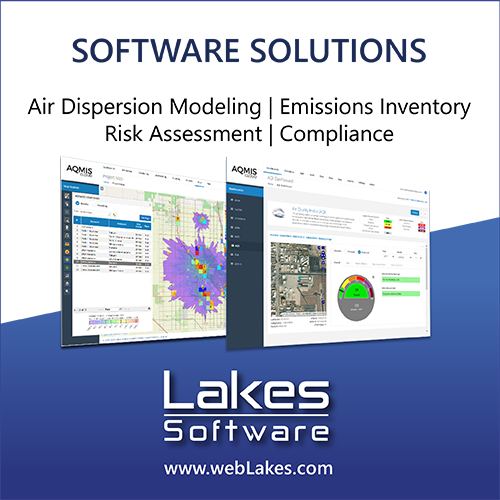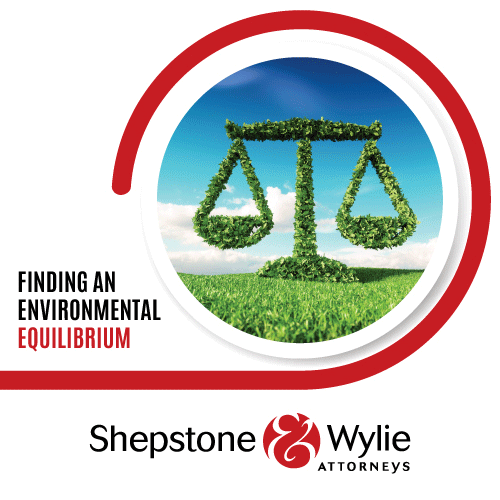Tropospheric ozone (O3) pollution in Johannesburg, South Africa: Exceedances, diurnal cycles, seasonality, Ox chemistry and O3 production rates
DOI:
https://doi.org/10.17159/caj/2023/33/1.15367Keywords:
ozone, nitrogen oxides, Ox, air quality, monitoring, Johannesburg, South AfricaAbstract
Ground-level ozone (O3) is an air pollutant of major health and environmental concern. The Johannesburg-Pretoria megacity in South Africa is the industrial and economical capital of the country with more than 10 million inhabitants experiencing poor air quality. In 2004, the City of Johannesburg (CoJ) began monitoring trace gases to assess ground-level O3 pollution. Here, we use CoJ’s publicly available air quality data, and present the first long-term data analysis of O3, nitric oxide (NO), nitrogen dioxide (NO2), NOx and carbon monoxide (CO) in the City from 2004 to 2011 at three air quality monitoring sites: Buccleuch, Delta Park and Newtown. We quantified CoJ’s South African National Ambient Air Quality Standards (NAAQS) exceedances for O3 and NO2, and demonstrate the City’s substantial O3 and NO2 air pollution problem. O3 mixing ratios peak in the early afternoon as expected due to photochemical production. To estimate O3 production rates, we summed O3 and NO2 diurnal profiles to obtain Ox mixing ratios at each site. This analysis provided insight into missing volatile organic compound (VOC) reactivity as well as primary NO2 emissions information necessary for developing tropospheric O3 pollution mitigation strategies. Furthermore, CoJ experiences high O3 mixing ratios on weekends due to lower NOx traffic emissions titrating the O3, thereby providing evidence of a VOC-limited regime for O3 production. Seasonal peak O3 occurs in the austral spring, a maximum that we link to increases in water (H2O) concentrations which in turn increases radical chemistry leading to O3. In addition, wintertime VOC and aerosol emissions from biomass burning over the winter add important precursors for O3 formation once radical chemistry is initiated during the first rain events in early spring. In all, this study will help inform air quality modelling and policy work on air pollutants in the City of Johannesburg, South Africa.
Downloads
Downloads
Additional Files
Published
Issue
Section
License
Copyright (c) 2023 Nadine Borduas-Dedekind, Mogesh Naidoo, Biqing Zhu, Jeffrey Geddes, Rebecca Garland

This work is licensed under a Creative Commons Attribution 4.0 International License.

All articles are published under a Creative Commons Attribution 4.0 International License; copyright is retained by the authors. Readers are welcome to reproduce, share and adapt the content without permission provided the source is attributed.









.png)